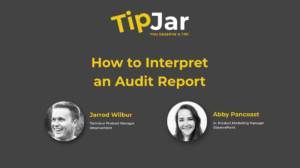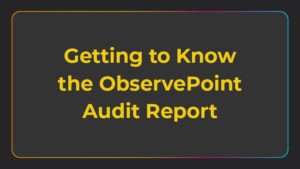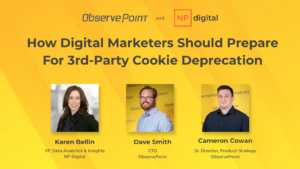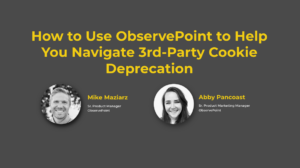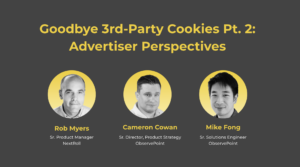5 Key Steps of A Machine Learning Project Lifecycle

The field of Machine Learning (ML) is not new, yet businesses are still discovering new ways to apply ML methods on their large, complex and expanding data sets.
Demand for data science talent continues to grow, but the problems of collecting and normalizing clean, meaningful data for machine learning are snowballing faster than most firms can respond to.
In order for brands to take advantage of this avalanche of artificial intelligence functionality, it’s critical that they first install a data foundation that’s future-ready enabled.
This blog post can serve as a guide that will help marketers, data scientists, engineers, and developers work together and take the steps needed to create a solid foundation that can support ML and AI initiatives. And the first step is to understand the 5 key steps of an ML project lifecycle. Below is a summary of each step:
1. Data Collection
Preparing customer data for meaningful ML projects can be a daunting task due to the sheer number of disparate data sources and data silos that exist in organizations. To build an accurate model it’s critical to select data that is likely to be predictive of the target—the outcome which you hope the model will predict based on other input data.
2. Data Normalization
The next step in the ML process is where analysts and data scientists typically spend most of their time on analysis projects: cleaning and normalizing dirty data. This oftentimes requires data scientists to make decisions on data they may not understand, like what to do with missing data, incomplete data, and outliers.
This data may not be easily correlated to the proper unit of analysis: the customer. In order to predict if a single customer will churn, for example, siloed data from disparate sources can’t be relied on. A data scientist will prepare and aggregate all of the data from those sources into a format that ML models can interpret. This can end up being a lengthy process and may require a lot of work before any ML can even occur.
3. Data Modeling
The next phase of an ML project is to model the data that will be used for prediction. Part of modeling data for a prediction about customers is to combine disparate data sets to paint a proper picture of a single customer. This includes blending and aggregating silos of data like web, mobile app, and offline data.
4. Model Training and Feature Engineering
After a brand has deployed collection and enrichment of meaningful input data, it’s time to put the predictive power of that data to the test. To do so, data scientists take a representative sample of the population (i.e. all customers, anonymous visitors, or known prospects) and set aside a portion for training models. The remainder is used to validate the models after training is complete.
A key component of this phase is to iterate rapidly, continuously testing new data points that can be derived from the data source. This process is called feature engineering.
5. Deploying Models to Production
All work to this point culminates in the final step of deploying a model to production where the ability to predict outcomes in the real world is tested. By this point, models should meet some threshold of accuracy that warrants deploying them to production. For this reason, it’s important to interpret model performance with stakeholders to agree on what level of risk is acceptable for inaccuracy. Some customer behaviors may not be sufficiently predictable, and thus a model may never achieve accuracy to justify deploying to production.
In the end, machine learning isn’t going to replace a digital marketing strategy, but rather, will augment and enable it. Successful brands will put their customer at the center of what they do and machine learning is one tool (among many) to optimize decision-making as part of that larger initiative.
